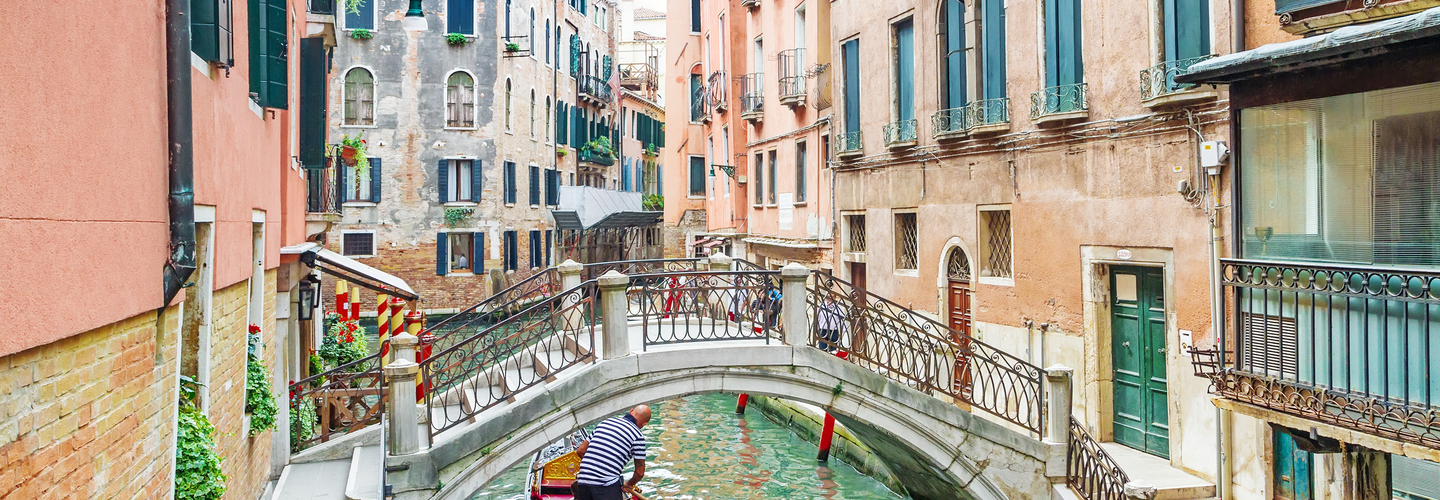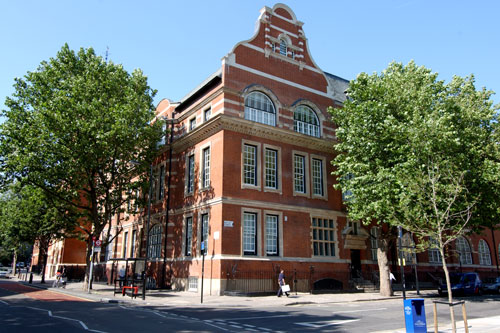A digital start-up company which supports creative thinking and ideas in journalism will display the power of media through innovative glass sculptures at a leading Venice art exhibition.
JECT.AI is a cloud-based AI platform that supports media, marketing, and communications industries to increase diversity, creativity, and intelligence to content creation – processing more than 20 million pieces of content in six European languages.
Co-founded by Professor Neil Maiden, Professor of Digital Creativity at Bayes Business School, JECT.AI is now presenting the news cycle in a very different way. The new project, titled JECT-SENSE, is a multi-sensory experience of news landscapes which shows how information can be distorted and perspectives made fragile by unbalanced news consumption.
The installation will feature in the art exhibition of the Creativity & Cognition 2022 conference in June, during this year’s Venice Biennale, an international exhibition of art which welcomes more than half a million visitors each year.
The project incorporates 2D and 3D visualisations – with the former for use by journalists exploring new content in the form of bar charts showing the frequencies of the more and less common angles on stories, line graphs depicting how the overall sentiment of stories on a topic varies over time, and pie charts depicting the ethnicities of different journalists writing these stories.

Held at Venice’s Isola San Servolo, the 3D representation, titled ‘Fragile Perspectives’, is a collaboration with celebrated Austrian-based artist Antoni Rayzhekov and curator Dr Claudia Schnugg. The exhibition analysed the keywords ‘pandemic’, ‘populism’, ‘censorship’, ‘climate crisis’, and ‘future’ over the last three years and, using an algorithm, created five 3D glass sculptures as physical representations of each subject. Each glass sculpture is mounted onto metal stands on top of loudspeakers that create the soundscape, produced by a special software, to sonify the news landscapes.
Professor Maiden, who is also Director of the National Centre for Creativity enabled by AI, funded by Research England, says the algorithm pulled out keywords to create the sculptures, with soundscape produced from the frequency and volume of words.

JECT.AI, which has just been extended to the Greek language, and increased the creative outcomes of journalists working in Norway in the Norwegian language, is now planning an expansion into UK newsrooms through integration of its product into at least one leading content management systems.
Professor Maiden said: “Creativity is measured in two ways; how novel it is and how valuable it is. Data showed a significant increase in the novelty of articles written with JECT.AI support compared with published articles written by the same journalists without JECT.AI – with no drop in value.
“Exhibiting how AI technologies can expose distortions in news landscapes in one of Venice’s prestigious exhibition spaces – Il Istituzione Fondazione Bevilacqua La Masa – will expose the JECT.AI product to new stakeholders. We are very excited at the prospect.”
Antoni Rayzhekov added: “The collaboration with the JECT.AI team and Claudia Schnugg was a fantastic experience and a great opportunity to create a complex artwork. It inspired me to dive deeper in the fields of artificial intelligence, creative journalism and experiment with text and technology as an artistic material.”
Ends
Notes to Editors
- The artwork and the art-technology collaboration were realized within JECT-SENSE, a project supported by MediaFutures. This project has received funding from the European Union’s framework Horizon 2020 for research and innovation programme under grant agreement No 951962.
- A short video explaining JECT-SENSE and the Fragile Perspectives exhibit can be viewed online.



